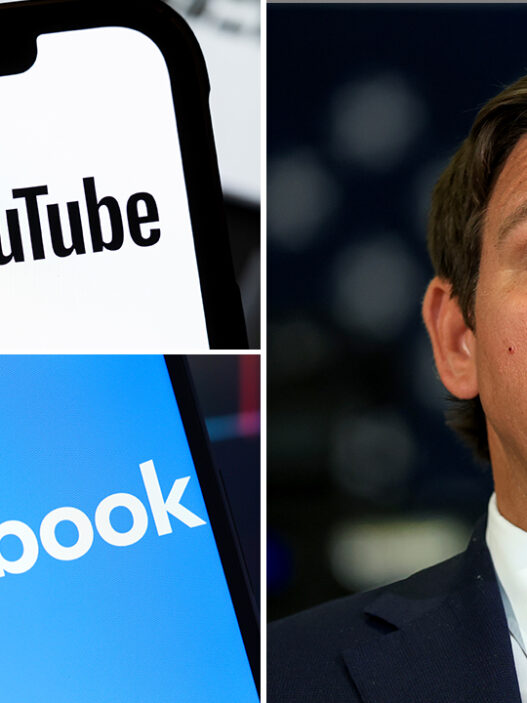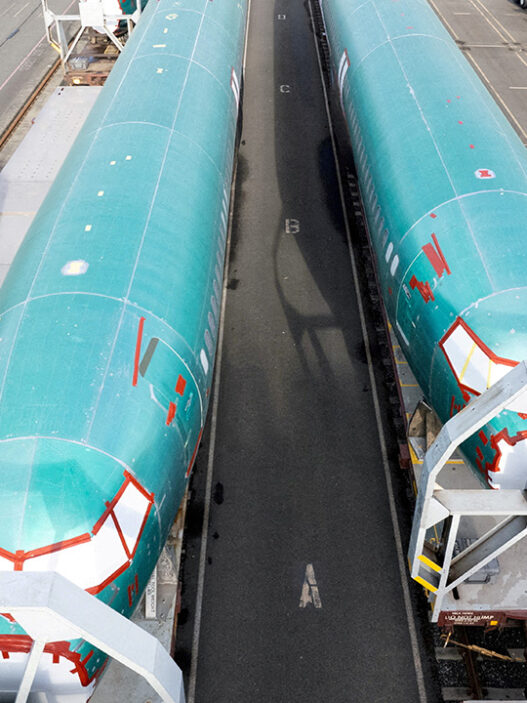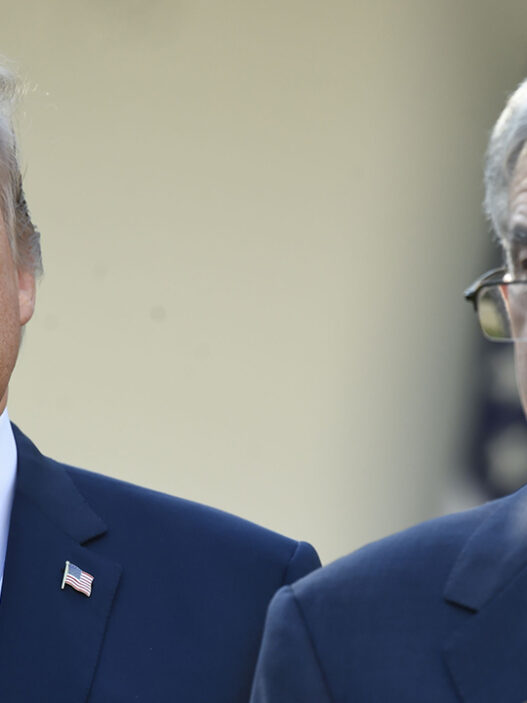For the first time since the Smoot-Hawley Act of 1930, tariffs are not just a tool of U.S. economic policy – they’re its most expansive and aggressively used tool. So far, markets have responded harshly to a costly gamble aimed at reviving American industrial might.
Even if trade barriers eventually succeed at bringing back some jobs, the gains won’t stick unless we reform antiquated labor policies. Otherwise, we risk rebuilding factories only to watch them shrink under the same outdated union-bargaining system that hollowed them out in the first place.
Look no further than Boeing. The company announced it would shrink its workforce by 10%, mostly at commercial airliner manufacturing sites, mere weeks after reaching a new agreement with its machinists union. The settlement ended tensions but added major cost burdens. Workers who cheered the deal now sadly face pink slips.
Or consider Stellantis, which slashed more than 1,000 jobs at its Jeep plant in Ohio just months after United Auto Workers secured hefty raises through a costly strike. The ink had barely dried before layoffs arrived, as the automaker scrambled to maintain profitability amid escalating wage bills.
US TRADE WITH THE EU IS OUT OF WHACK. TRUMP NEEDS TO STAY TOUGH ON TARIFFS TO FIX IT
These headlines echo a long-standing pattern. When contracts overshoot what companies can sustainably pay, the predictable responses are fewer jobs, automation and offshoring.
In new research, we reviewed 147 economic studies spanning three decades. What we found was striking: While unions can secure higher short-term wages, those gains often come at the cost of slower employment growth, reduced capital investment, and higher risk of future layoffs or shutdowns.
America’s heartland offers a stark example. In 1950, the Rust Belt held 51% of U.S. manufacturing employment. By 2000, its share had fallen to 33%. One recent study from a top economics journal found that labor conflicts and union-driven cost pressures – which took effect long before Chinese imports surged – explain 55% of the plunge.
TRUMP EMERGES AS ‘CLOSER-IN-CHIEF’ TO PUSH ‘ONE BIG, BEAUTIFUL’ TAX BILL THROUGH CONGRESS
Postwar factories were strike zones. Unions wielding exclusive bargaining rights extracted wages far above market rates and blocked productivity-boosting technologies. The strategy lifted members’ pay, yet it discouraged investment, slowed productivity and nudged companies to build plants in the non-union South or abroad.
When foreign competition arrived in force, many Midwestern mills were already financially brittle. Globalization merely finished the job.
A big part of the problem is a New Deal-era rule granting any union that wins a workplace election a virtual monopoly. The National Labor Relations Act designates any such union as the sole representative for all of a firm’s employees – supporters or not. Workers can’t negotiate individually or choose a different union.
TRUMP’S TARIFF STRATEGY CAN WORK BUT AMERICA STILL NEEDS DEEPER ECONOMIC REFORM
Without ongoing competition, labor leaders overreach. If management concedes, costs explode; if it resists, production halts. Either way, the workforce eventually pays the price.
Imagine a worker in Richmond, Virginia, who lives comfortably on a company-wide wage agreement, while their counterpart in New York City struggles to cover rent. New York’s cost of living is nearly 80% higher, with housing more than twice as expensive. Applying identical contracts across diverse local economies that are worlds apart is economically incoherent.
Other industrial democracies offer smarter models. In Germany, manufacturers set broad wage frameworks but tailor pay at the plant level. In Britain, membership is voluntary as unions compete for members within the same company. These systems preserve workers’ voices without forcing one-size-fits-all contracts.
THE SURPRISING WAY TRUMP CAN UNLEASH AMERICA’S ECONOMIC COMEBACK
The U.S. could adopt similar discipline through “members-only” bargaining. Unions would simply and fairly represent only employees who opt in. No one would be bound by a contract they didn’t approve. Unions would have to maintain support through concessions that grow jobs, not risk them.
Reform is especially important now that AI is reshaping the workforce and threatening to make certain roles outdated more quickly than in the past.
Unions that are fully responsive to more than 51% of membership in occasional elections would have more motivation to focus on retraining workers and offering new skill development. In addition to protecting existing jobs, they could even guide workers toward higher-paying, future-ready careers.
GET FOX BUSINESS ON THE GO BY CLICKING HERE
Washington is pouring resources into semiconductor facilities, battery plants and “Buy American” mandates. Layering those investments on top of Depression-era labor law builds monuments to protectionism instead of engines of lasting growth.
True re-industrialization starts with modernizing the rules on the shop floor. Fix that, and the next generation of Rust Belt jobs might actually stay put.
CLICK HERE TO READ MORE ON FOX BUSINESS
Revana Sharfuddin is a predoctoral researcher with the Mercatus Center at George Mason University.
They are authors of a new study, “Do More Powerful Unions Generate Better Pro-Worker Outcomes?”























